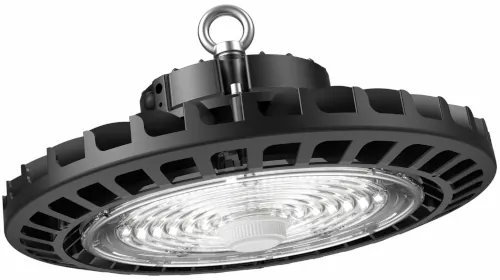Scotopic and photopic refer to two different modes of vision in humans, which are optimized for different levels of light.
Photopic vision refers to the vision that occurs in high levels of light, such as during daylight or well-lit indoor environments. This type of vision is mediated by the cone cells in the retina of the eye, which are most sensitive to the colors green, blue, and red. Photopic vision provides us with high acuity and color vision and is responsible for our ability to see fine details and colors in our environment.
Scotopic vision, on the other hand, refers to the vision that occurs in low levels of light, such as during nighttime or in dimly lit indoor environments. This type of vision is mediated by the rod cells in the retina of the eye, which are more sensitive to the colorless light and provide us with low-light sensitivity but poor color vision and low acuity. In scotopic vision, objects may appear blurry or indistinct, and color discrimination is limited or absent.
In general, the transition from scotopic to photopic vision occurs gradually as the level of illumination increases or decreases.
One way that the eye reacts to different colors of light is through the process of color vision, which is mediated by the three types of cones in the retina that are most sensitive to different ranges of wavelengths of light. Cones that are most sensitive to shorter wavelengths of light (around 420-440 nm) respond most strongly to blue light, while cones that are most sensitive to longer wavelengths of light (around 535-565 nm) respond most strongly to green light. Cones that are most sensitive to medium wavelengths (around 450-490 nm) respond most strongly to yellow-green light.
In addition to color vision, the eye also has other mechanisms for responding to different colors of light. For example, the amount of light entering the eye (called "brightness") can also vary depending on the color of the light. Generally, the eye is most sensitive to light in the green-yellow range (around 555 nm), and less sensitive to light in the blue and red ranges. This means that light that appears "bright" to the eye may not necessarily be the same as light that appears "intense" or "saturated" in terms of color.
The eye's reaction to different colors of light can also affect various aspects of visual perception, including depth perception, contrast sensitivity, and visual acuity. For example, blue light has been shown to increase visual acuity and reduce glare, which is why it is often used in outdoor lighting and computer screens. On the other hand, red light has been shown to have minimal effects on visual acuity and is often used in dark environments to preserve night vision.
Overall, the eye's reaction to different colors of light can depend on a complex interplay of factors, including the wavelength of the light, the intensity and duration of exposure, and individual differences in sensitivity and perception.
Research has shown that some people may be more sensitive to certain colour temperatures than others, and that certain colour temperatures can affect mood, alertness, and sleep patterns. However, these effects are largely individual and can vary greatly based on the person, their age and specific lighting conditions.
In general, it is recommended to use lighting that is comfortable to the eyes and avoid excessive exposure to bright light. This can be achieved by adjusting the brightness and colour temperature of the lighting, as well as reducing glare and reflection.
One way that the brain may react to different colors of light is through the process of circadian rhythm regulation. Light is a key environmental cue for regulating the body's internal clock, which controls the sleep-wake cycle and other physiological processes. Specifically, the brain's response to blue light (in the range of about 450-480 nanometers) has been shown to be particularly important for regulating circadian rhythms and promoting alertness and cognitive performance during the day.
Exposure to blue light in the evening, however, can disrupt sleep and cause other negative effects on mood and health.
As a rule of thumb, the guidelines for specific applications is as follows
- Industrial and mine lighting: 4000K-6500K dependant on the task
- Commercial lighting: 4000K-5000K is often used in commercial spaces such as offices, schools, and retail stores, as it provides bright, cool light that is easy on the eyes.
- Residential lighting: 2700K-3000K is generally used for living rooms, bedrooms, and other residential spaces to create a warm and cosy atmosphere, while in kitchens,workspaces and garages more neutral light may be more appropriate.
- Outdoor lighting: 4000K-6500K is commonly used for outdoor lighting, as it provides bright light that mimics daylight and enhances visibility.
Note that these are just general guidelines and that the best CCT for a specific application may vary depending on the specific needs and requirements of the environment.
It is recommended that you also read up on the scotopic and photopic affects on the human eye.
Please consult one of our lighting experts for any advice related to specific lighting applications.






